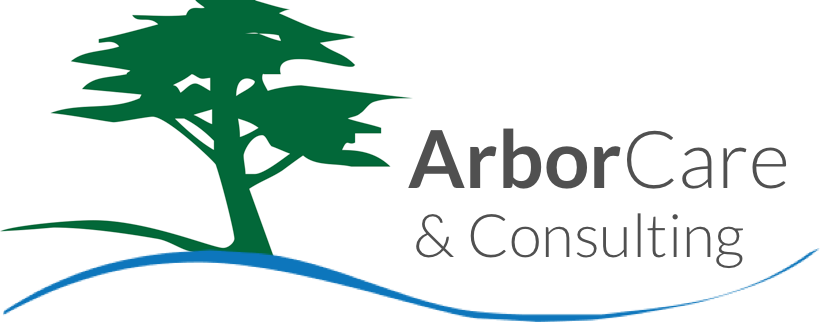
As summer is ending and fall and winter approach, it’s a perfect time to begin making adjustments to existing irrigation systems. Such adjustments can ensure that next year’s spring and summer water usage and costs are both lower and more effective than the previous year’s. Whether it be a new installation or existing system modifications, I want to assure you that using both the best contractor and water-wise products are a better investment. This investment will reward you with fewer plant replacement costs, less disease or pest service costs, less frequent irrigation part replacement and service charges, and a decreased water bill.
I can’t stress enough the importance of believing that “You get what you pay for”. And the adage “If it ain’t broke, don’t fix it” is fallacious and counterproductive.
If your irrigation system is not efficiently and effectively using water, it is wasteful and harmful to the communal water supply.
As with any contractor, credentials/licensing are crucial to making sure your investment is a sound one. In this particular situation, you should require proof of a current licensed irrigator as well as licensed backflow tester information. You should ensure that the contractor has extensive experience in both repairs and new installations.
The first step is to have a full system check and evaluation done. Things you should hope to hear from the evaluator include: 1) installation of smart water products, smart water nozzles, pressure compensating heads, pressure regulating valve heads, SAM heads, master valves, and smart controllers, and 2) removing all riser and pop up heads in all landscape beds and converting to (preferably) copper shielding drip systems as the sole source of irrigation for all landscape beds and adjustable bubblers for installed tree irrigation. The evaluator should point out to you any heads that are misting heavy, where the lowest elevation sections of the system are seeping even after the system is shut off, and areas of the system showing signs of undesirable runoff and erosion.
The second step is to look specifically into the smart controller features that best suit your needs and the selection of the sprinkler line you wish to use for replacing the existing system. The three best manufacturers of smart controllers are: Rainbird, Hunter, and Weathermatic.
When programming (even on a single day of watering during restrictions), it is actually best to set your system to go off twice for maximum absorption of the water into the intended soil area.
The sprinkler system itself should ideally be a uniform system of components from one manufacturer, Rainbird or Hunter being the most worthwhile product lines.
The third step is to look into which heads may need to be moved or added to ensure total necessary coverage as well as head-to-head coverage.
The fourth step is making landscape design adjustments such as expanding beds/decreasing turf, grade changes, rockscaping, and the like.
My last thoughts on this issue are for those homeowners who would like to accomplish this project but don’t know where to start. Let me say without reservation, DO NOT go to Home Depot or Lowe’s! DO NOT purchase adjustable spray nozzle products! Rather, call your local professional grade distributor.



